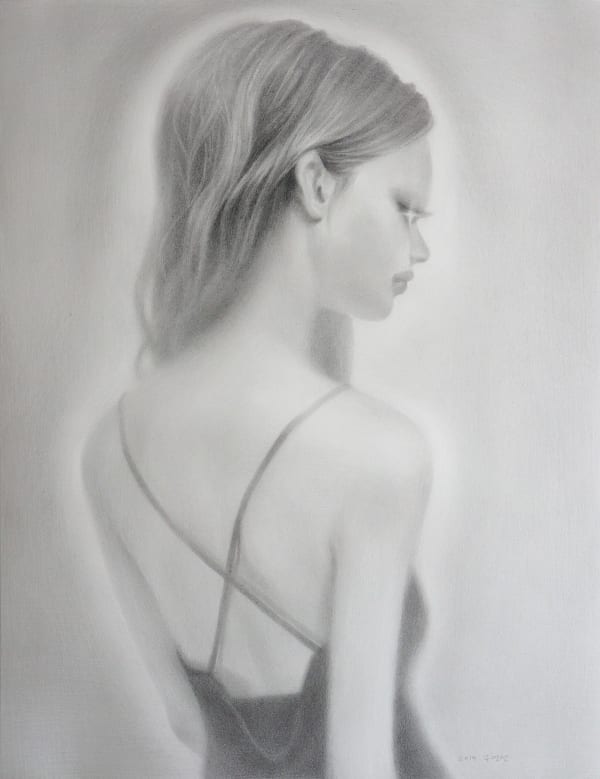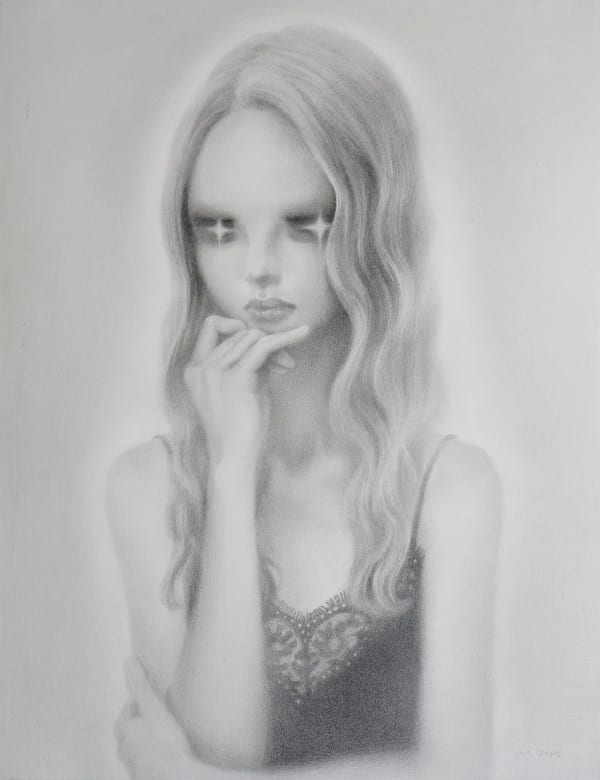프레임 속에 날 가두지 마세요: Myung Seon Ku
My work follows the classical composition of a portraiture. A figure positioned within a rectangular frame is a traditional format deeply rooted in art history. For a long time, portraits have existed primarily as means of realistic representation. However, with the invention of the camera, the “mimetic portrait” was freed from its obligation to document. Today, within the context of postmodernism, we encounter portraits expressed in a wide range of forms and approaches.
With the rise of various mass media in the 20th century, portraiture also began to evolve. New types of frames emerged; not the static frames of classical painting, but moving ones like those found in television and film. These media gave rise to a flood of new images. Among them, portraits in comics and animation stood out for their originality and visual simplification. My early work began by translating these cartoon-like images from popular media into painterly form.
These days, the term metaverse often appears in economic discourse. Though futuristic in tone, it has already become a familiar space for many of us. In the past, the frames of comics and animation delivered one-way stories and images. But within the frame of the metaverse, we now engage in interactive communication. We play games with friends in virtual worlds, hold meetings across distant locations, and even receive medical consultations without visiting a hospital. In other words, we now operate within a new kind of frame. As life increasingly unfolds in virtual space, we find ourselves needing not our real, physical faces, but new ones, suited to these digital environments.
We choose our own avatars when playing games, and express emotions through emojis in messaging apps. Simplified, cartoon-like images have become a regular part of our daily lives, frequently representing us in digital spaces. We are growing increasingly accustomed to operating through these alternative portraits.
While the COVID19 pandemic has imposed limitations on physical activity, it has also opened up a world where mental and emotional activity feels freer and more diverse. As life within mobile and digital devices become the norm, our inner lives have grown more active, as we spend more and more time living with different faces. If we are entering a moment where the activities of the mind begin to take precedence over those of the body, how should our portraits be recorded?
Classical portraits in fine art resemble our physical bodies, but compared to modern life, they are no longer truly “realistic”. New frames have emerged, and our portraits have evolved. Now is the time to create new portraits that capture us within these new frames. Hence, don’t trap me in a frame.


